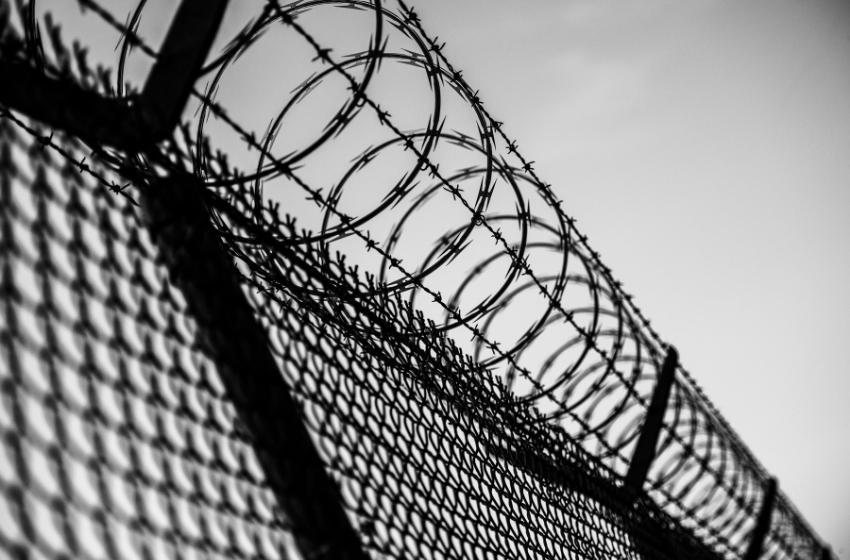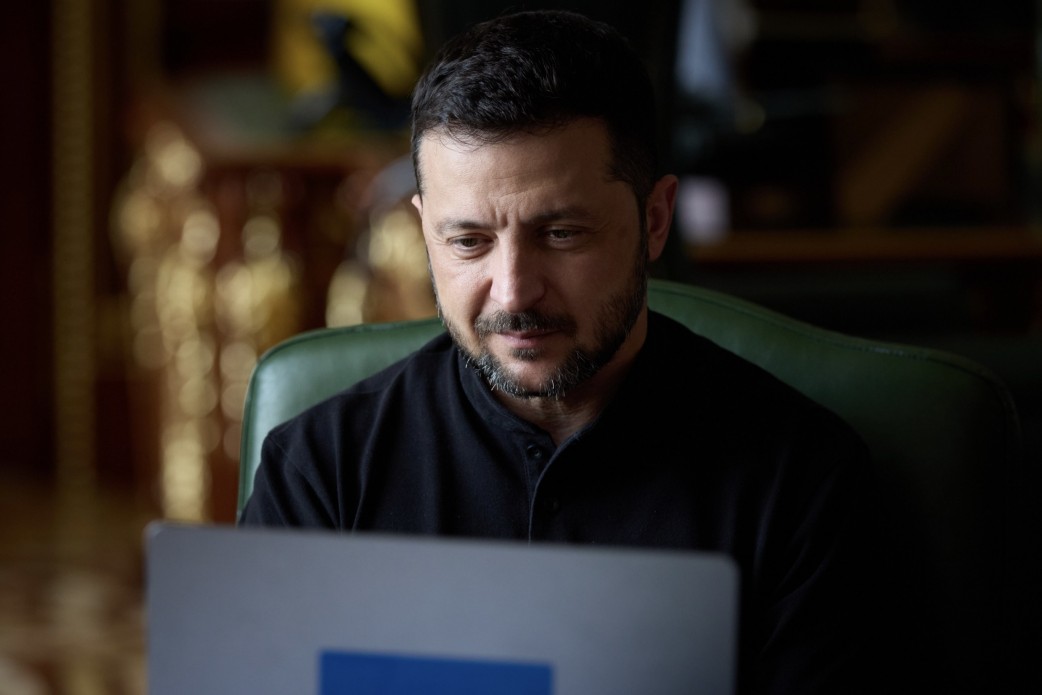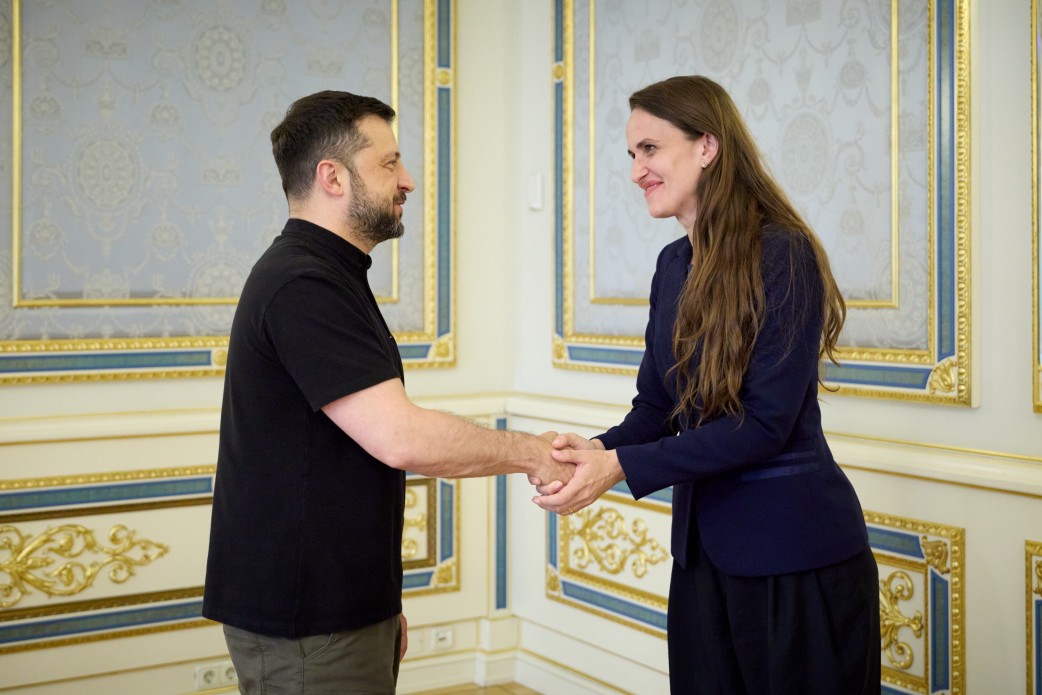Ukrainian military observers indicated that the Russian defense industrial base (DIB) is not as productive as Russian authorities portray it to be, but that the Russian DIB is still capable of sustaining Russia’s war effort. Ukrainian military observer Kostyantyn Mashovets reported on February 11 that the Russian Security Council’s own DIB production data for 2023 indicates that the Russian DIB reached a peak output in September 2023 that was 38.9 percent higher than its average 2022 monthly output and has steadily declined in the following months.
Mashovets stated that the Russian DIB is struggling to compensate for moderately- and highly-skilled labor shortages and Russia’s inability to obtain the necessary industrial production equipment, spare parts, and servicing to sustain the pace and breadth of DIB production efforts. Mashovets noted that Chinese companies in particular are less willing to provide Russia with equipment and spare parts, as ISW previously reported, and that Russia purchased many industrial production systems from Western states before the full-scale invasion but that Western companies are now unwilling to service or supply parts for these machines due to sanctions.
Ukrainian military analyst Oleksandr Kovalenko stated that Russia’s reported tank production numbers in recent years largely reflect restored and modernized tanks drawn from storage rather than new production. Kovalenko stated that Uralvagonzavod, Russia’s primary tank manufacturer, can produce roughly 60-70 T-90 tanks per year under perfect conditions and assessed that Uralvagonzavod is likely only producing between three and six new T-90 tanks per month. Kovalenko noted that tank manufacturers Uralvagonzavod, Omsktransmash, and the 103rd Armored Tank Repair Plant in Chita, Zabaykalsky Krai are primarily focused on restoring, repairing, and modernizing Russian tanks and that Uralvagonzavod is the only manufacturer producing new tanks.
Kovalenko stated that Russia is only modernizing T-54/55 and T-62 tanks and assessed that these may be Russia’s main battle tanks in the future. Kovalenko added that Russian manufacturers very rarely modernize T-72 and T-80 tanks. Russian Security Council Deputy Chairperson Dmitri Medvedev previously stated that Russian forces received 1,600 tanks in 2023, and Kovalenko attributed this number primarily to restored and modernized rather than serially produced tanks.
Russia’s ability to modernize and use tanks retrieved from storage still gives Russian forces an advantage on the battlefield in the overall number of available tanks. Mashovets noted that some newly-produced tanks such as the T-14 Armada are poorly produced whereas older tanks such as T-72s (which Russia actively repairs) are more reliable.
Russia has consistently attempted to adapt to the limitations resulting from Western sanctions and to circumvent sanctions and will persist in these efforts. Russia’s DIB may struggle in the near term and increasing sanctions evasion measures and partnerships with states including China and North Korea may help compensate for existing DIB shortcomings in the medium to long term.





















